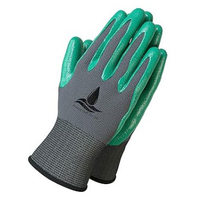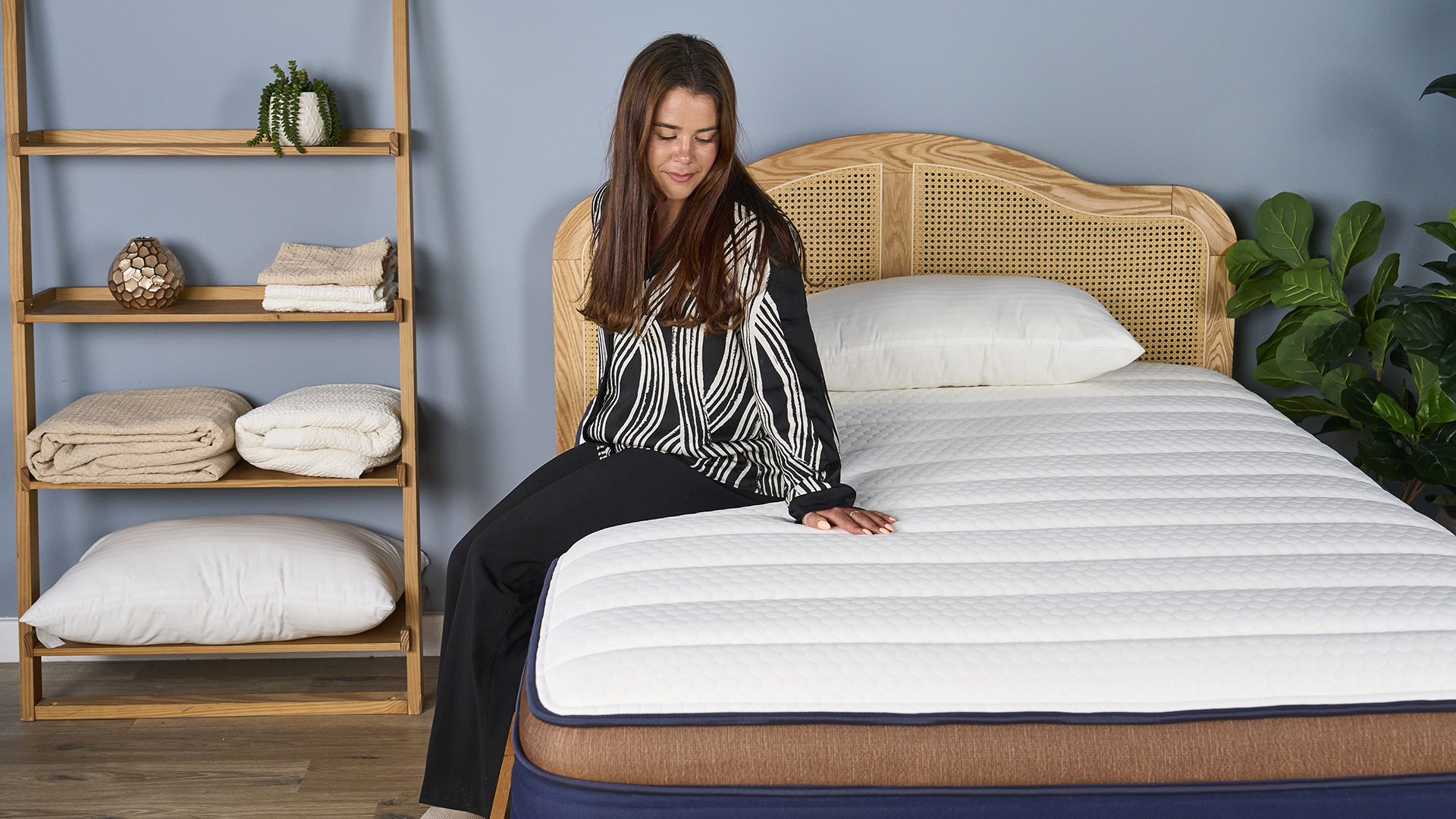Plant these 7 beginner-friendly vegetables in April for a stunning summer harvest
Get a head start on your summer salads
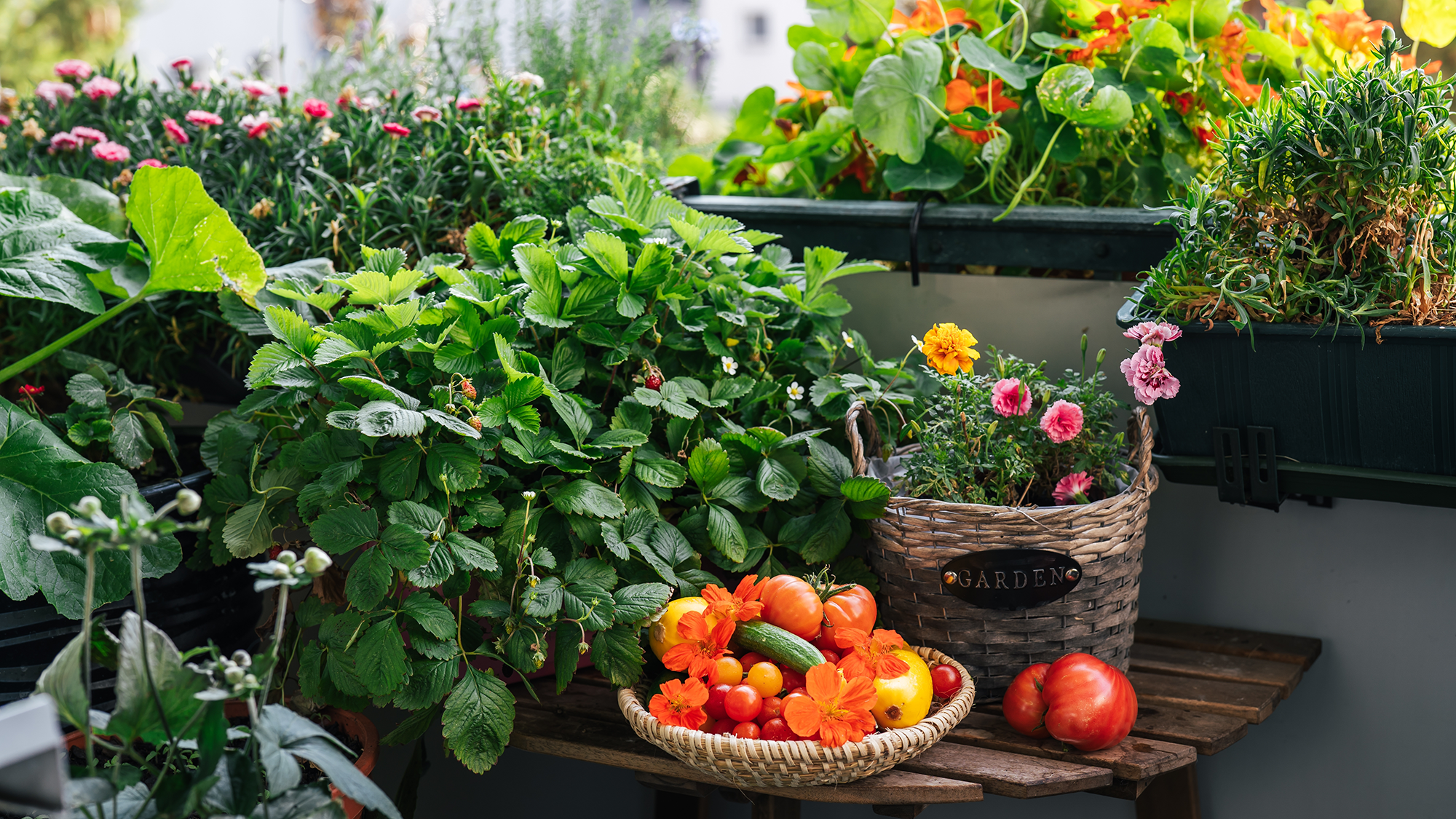
If you're looking for a way to reconnect with nature, growing your own produce is the perfect place to start. And what many beginners don't understand is how easy it can be to grow vegetables from scratch, all you need is to choose the right time and conditions to plant your crops, and you'll be enjoying a bountiful summer harvest before you know it.
Summer is often beloved for its array of seasonal produce, but the real work starts now if you want to be in a good position for homegrown salads and other tasty dishes.
I know first-hand how satisfying it can be to care for your vegtable garden and watch it thrive throughout the spring months. And when it comes to harvesting, nothing tastes as good as a vegetable that you grew in your own yard.
So if you're looking for a place to start, here are the 7 beginner-friendly vegetables I recommend planting in April.
Getting started
While some warmer regions may have gotten a head start on varieties that take a bit longer to cultivate, April is a universally good time to get at least a few different veggies in the ground. Softer soil is easier to prepare, spring rains provide much-needed moisture, and the longer days mean more sunlight for germination.
Depending on the crop, planting in April will enable you to get a double harvest or a longer harvesting season. Other species may just take a bit longer to mature, so starting now ensures they have sufficient time to grow.
It’s always good practice to check your agricultural zone to ensure you’re not starting too early, or late, with a particular type of vegetable. That said, these 7 vegetables should be good contenders for most spring gardens this April.
Sign up to get the BEST of Tom's Guide direct to your inbox.
Get instant access to breaking news, the hottest reviews, great deals and helpful tips.
1. Beets
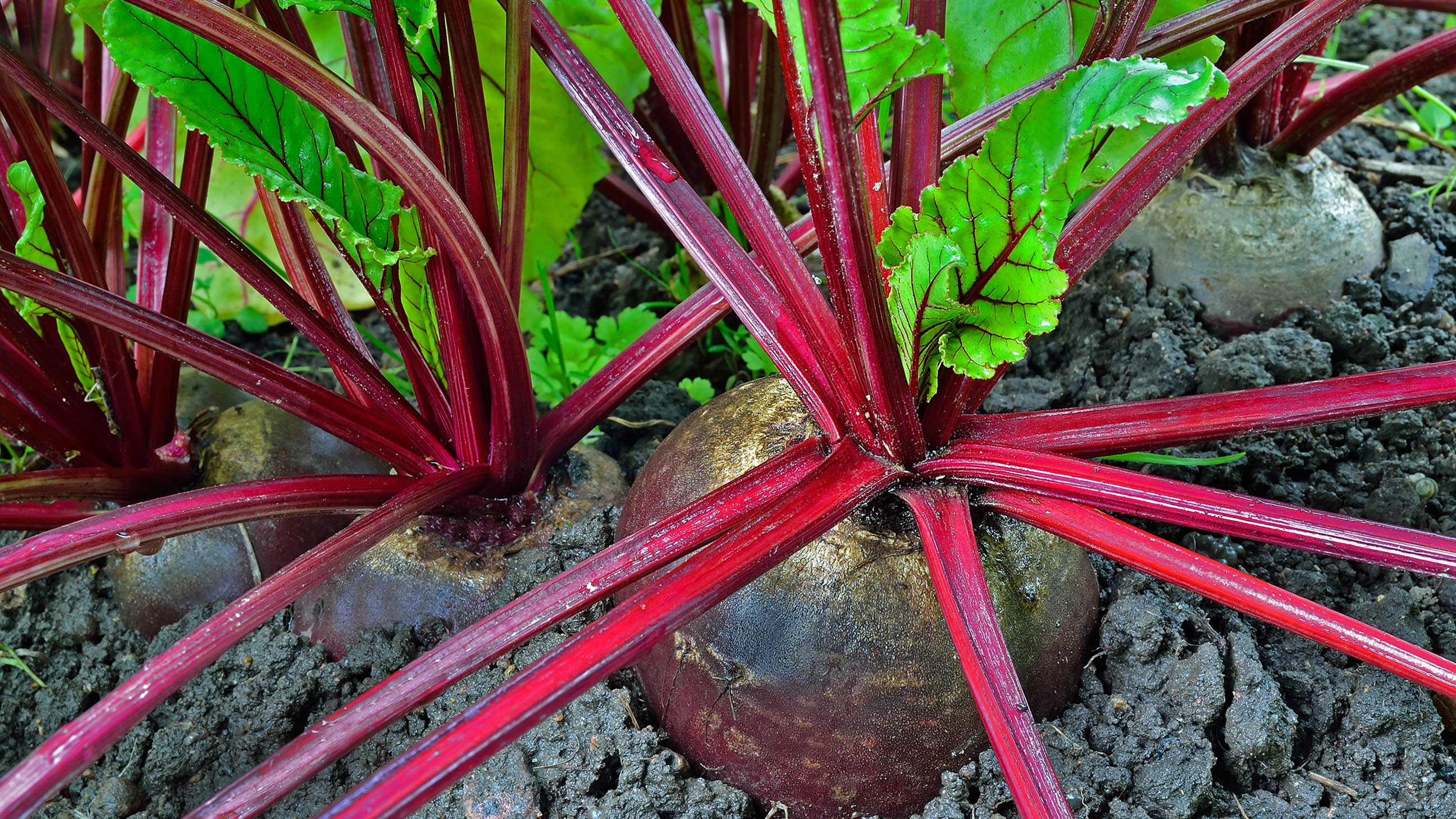
Beets have had something of a makeover in recent years. They are now commonly found in salads year-round, often paired with goat cheese, but their peak harvest season is between June and October.
Not only are they more popular than ever, but beets are also one of the more beginner-friendly vegetables to grow and come in a few different colors. These hardy plants can handle colder soils, as long as the temperature has reached 45 degrees Fahrenheit, so most zones should be able to grow beets in April.
You can plant them directly in the garden or in containers; just make sure to use bolt-resistant varieties if using containers, as the drier conditions can encourage early fruiting. The beetroots can be harvested once they reach the size of a golf ball, although some people prefer larger varieties for roasting.
The greens can also be used for salads, making this a versatile crop. Consider spacing out the planting every couple of weeks, so you can ensure an extended harvest throughout the summer.
These garden gloves are made of nylon and nitrile and come in three sizes — small, medium and large. They offer excellent non-slip properties, are comfortable around the wrist, breathable and machine washable. At Tom's Guide, we recommend them as the best overall gardening glove.
2. Carrots
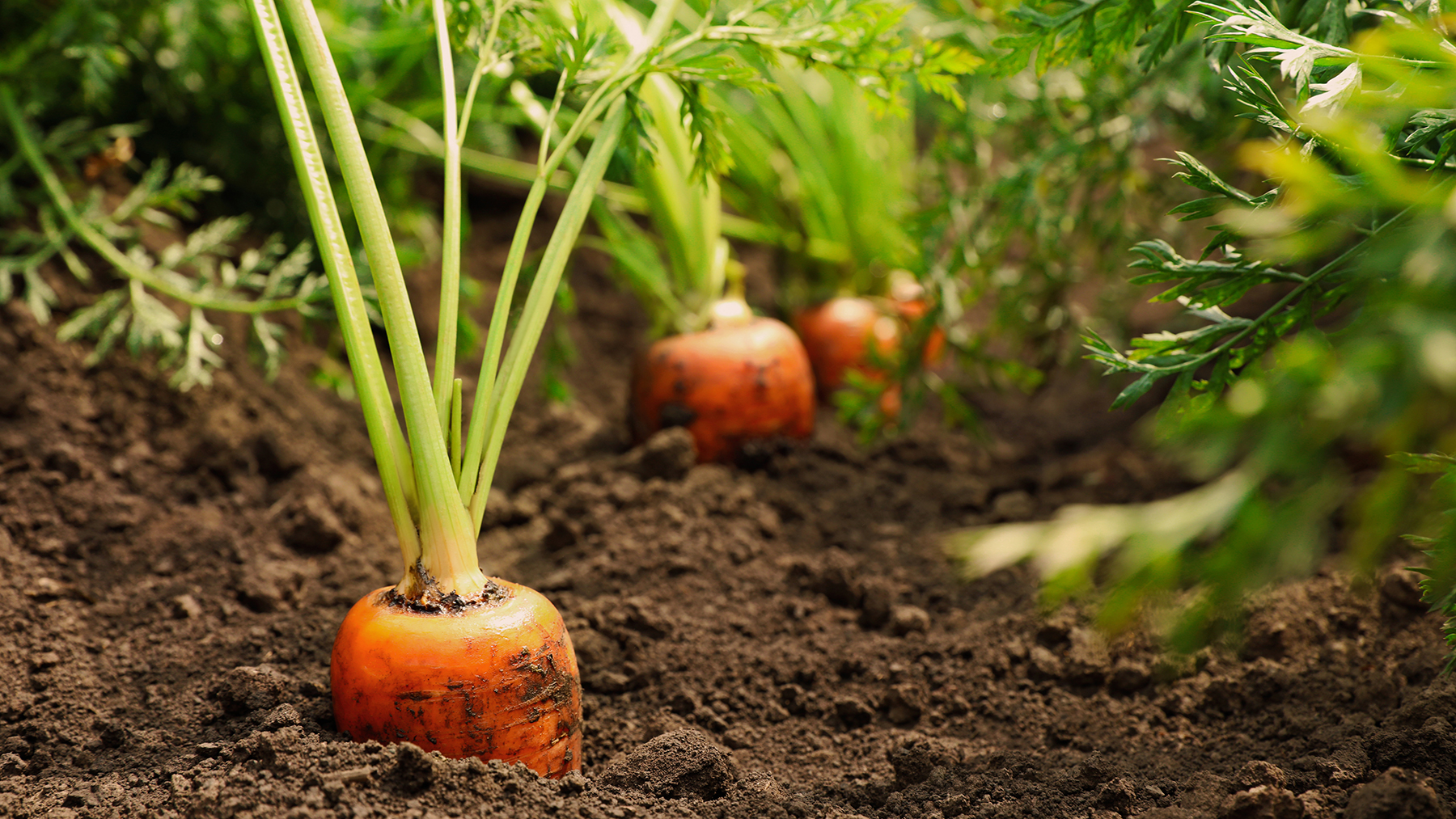
A classic vegetable, carrots are popular amongst adults, children and animals alike. Like beets, they come in a few different colors and planting some different varieties can make for a more exciting display in summer dishes.
Carrots can handle some colder temperatures and these can actually help to produce crisper, sweeter vegetables – but it can take longer to germinate in those conditions. April is therefore an ideal time to plant, as you still get the cooler evenings but with warmer overall temperatures.
It is recommended that you thoroughly prep your soil before planting and remove any small stones that may cause the carrots to fork and grow around them.
It is recommended that you thoroughly prep your soil before planting and remove any small stones that may cause the carrots to fork and grow around them. Similarly, you may want to initially use covers if you live in zone 4 or colder, just to protect the delicate greens as they first push through the soil.
If you plant in early April, you can expect to begin harvesting as early as late May or early June, but the harvest season runs until October.
3. Corn
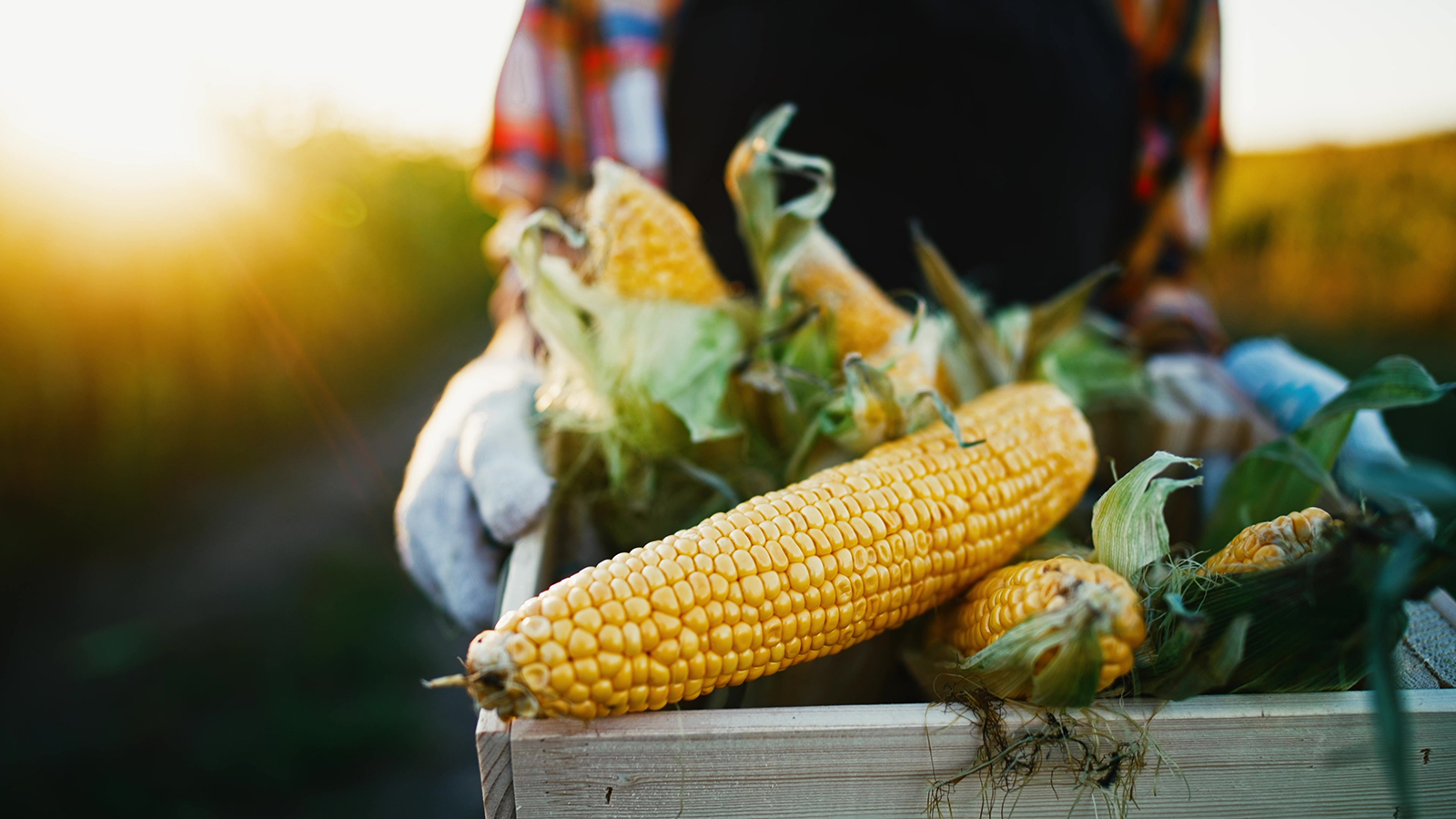
Corn is a summertime staple, but those long stalks need some time to get growing. April is a good time to sow seeds if you’re hoping for your first corn harvest in early July, especially if you live in zones 7 and warmer.
Once the last frost has passed and you’ve had a couple of weeks free from those cold temperatures, you can comfortably begin to plant outdoors. For anyone in zones 3-6, it is possible to start growing corn now, even though most people associate corn with direct sowing.
To start indoors, sow 1-2 seeds per cell in a seed tray and wait for about 2 weeks before transplanting outdoors. Use a heating pad to ensure sufficient warmth for germination.
Since it is recommended to stagger your planting for a consistent harvest throughout the summer, many gardeners feel it’s worth it to test a few early plants in potentially too-cold conditions and then sow the next batch 2 weeks later. This increases your chance of enjoying fresh corn by the Fourth of July!
These high-quality, Swiss-made pruners have a hardened steel blade capable of cutting 0.8 inches of material. The smooth, red handle is ergonomically designed to provide comfort while cutting. These pruners are ideal for medium-sized hands.
4. Cucumbers
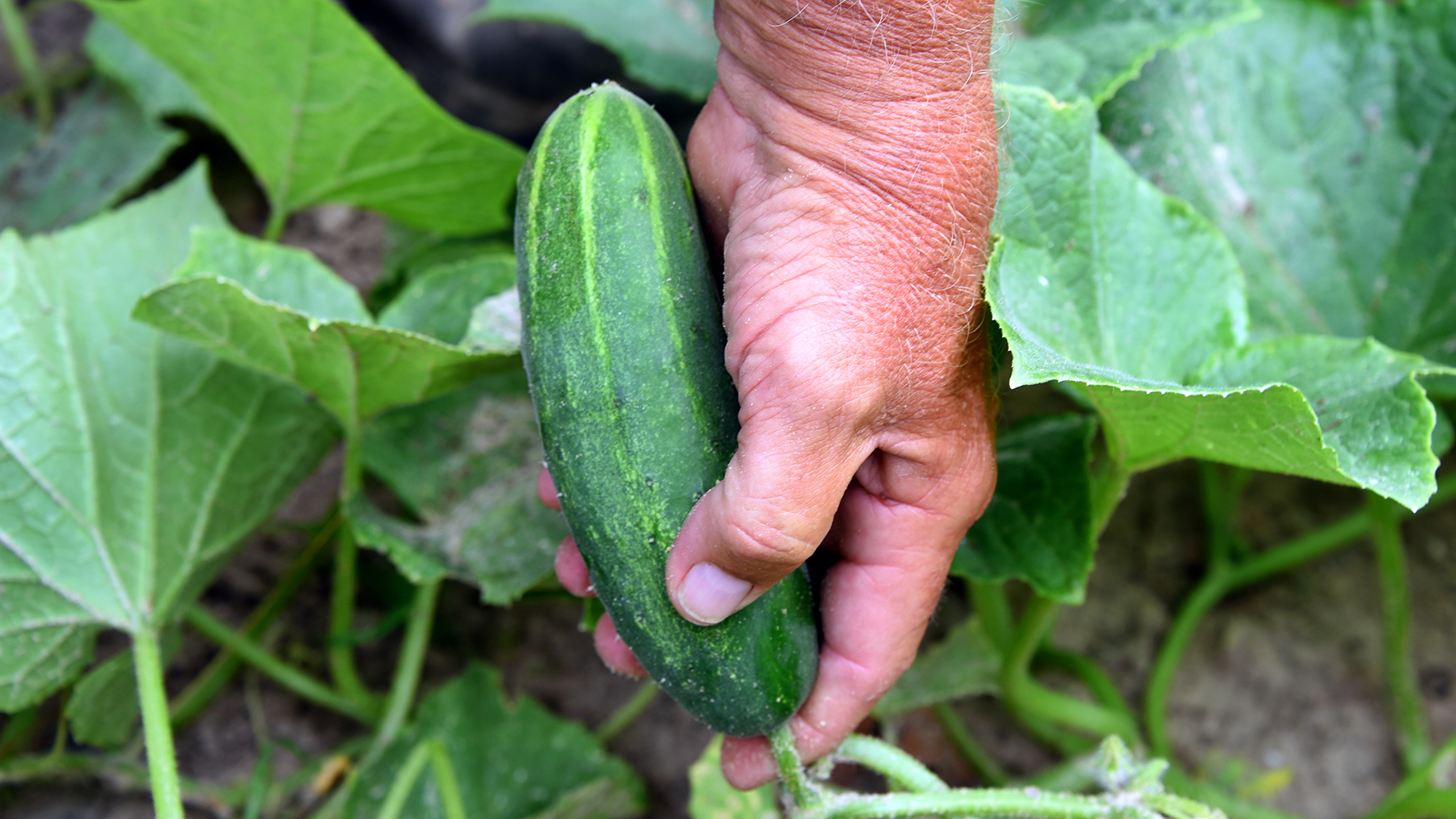
Cucumbers are an ideal summer vegetable, with their high water content and refreshing taste. They can be a little more challenging to grow as they do not like cold weather at all.
If you are in zones 8 or warmer, April should be fine to begin sowing directly outside. Colder zones may want to wait until later in the month, when the weather becomes more consistent.
However, you can still begin by sowing seeds indoors in individual containers about 3-4 weeks before you want to move them, then transfer them outside once the final frost has passed. Be extra careful with their roots, as cucumbers can be sensitive to root disturbance.
Depending on the conditions of your region, you may want to grow these in a greenhouse or other protected environment, but very sunny spots should be able to accommodate cucumbers without issue.
5. Green beans
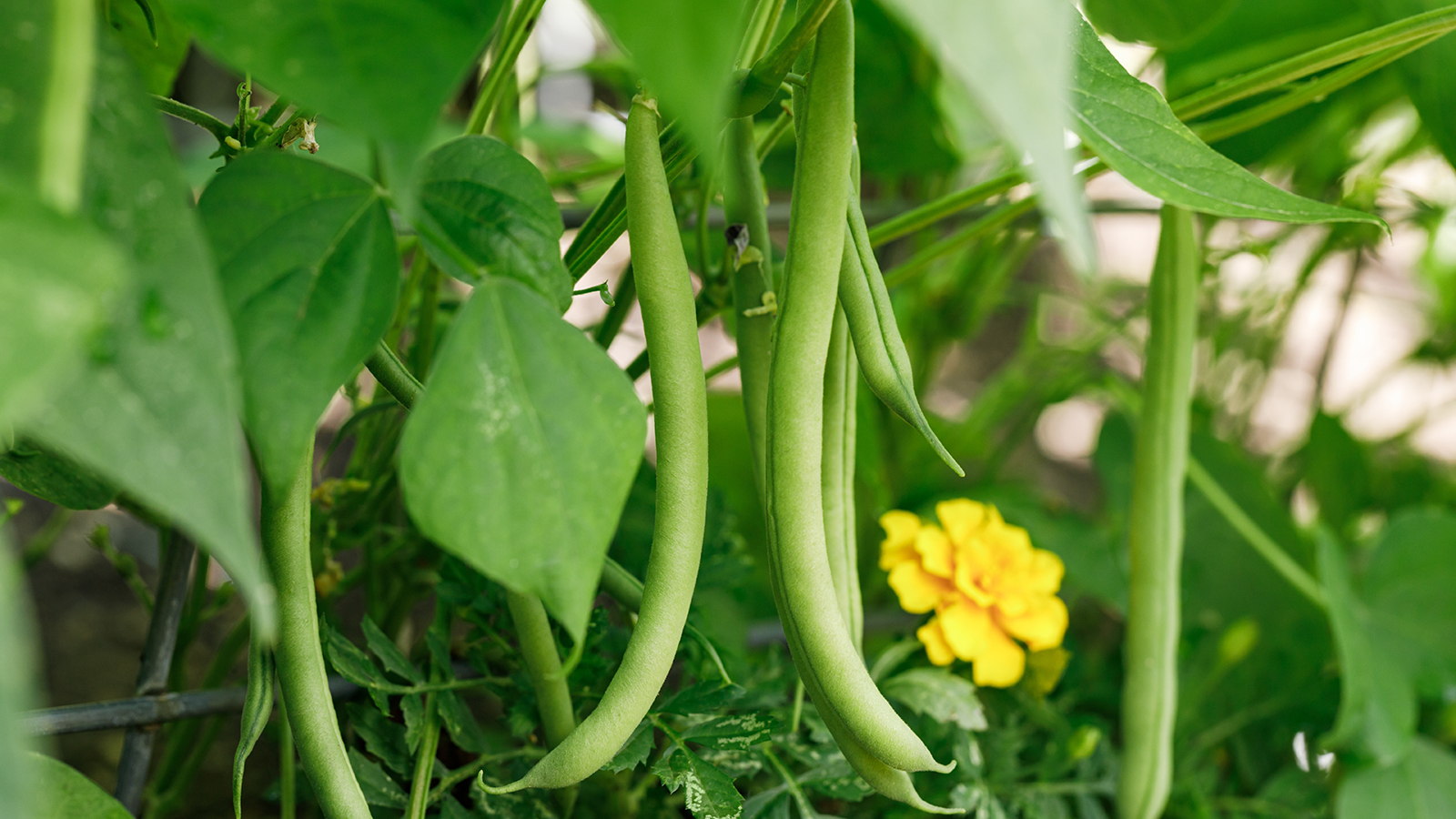
Trellises of green beans scream summertime bounty, with their vibrant color and graceful shape. Beans prefer warmer conditions than some other vegetables on this list, but mid-April should provide suitable temperatures in zones 6+.
If unsure, check the temperature of your soil; you’re looking for a measurement of 60 degrees Fahrenheit or above. You should sow these seeds directly outside, ideally with a trellis or support system already in place if you are growing a pole bean variety.
By spacing out your seeding over a few days, you can promote a more staggered harvest so that you don’t end up with too many beans at once. It is possible to start these seeds indoors, in which case sow them approximately 2-3 weeks before transplanting, so colder-climate gardeners can get involved in April – but be careful.
Like cucumbers, green beans don’t like to have their roots bothered, so it might be wise to use a legume inoculant to help the roots establish themselves more quickly.
6. Lettuces
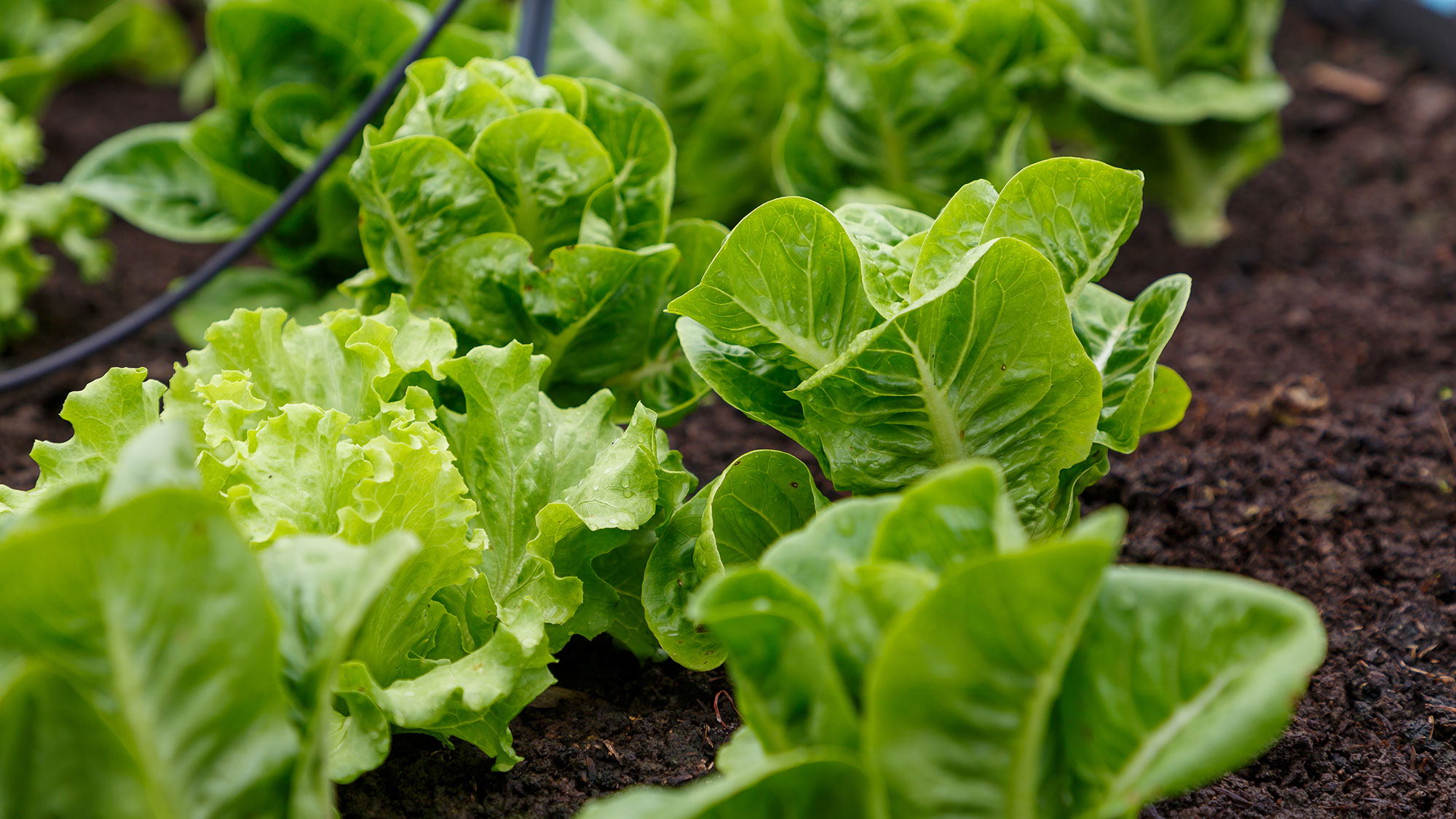
Salads are a summertime staple, which means lettuce really comes into its own during the warmest months of the year. It may not be glamorous, but it’s the backbone of so many fresh summer meals – and growing your own will make a noticeable difference.
The only challenge is that garden pests find lettuce as tasty as we do, so you will want to sow these seeds under cover and only move them out once they are large enough to withstand a nibble here and there.
You can sow seeds in small seed trays or modules, or grow them in a container and leave them there throughout the season. Stagger your planting if you want to enjoy lettuce throughout the season, but you can definitely begin in April for harvesting in early summer.
7. Peas
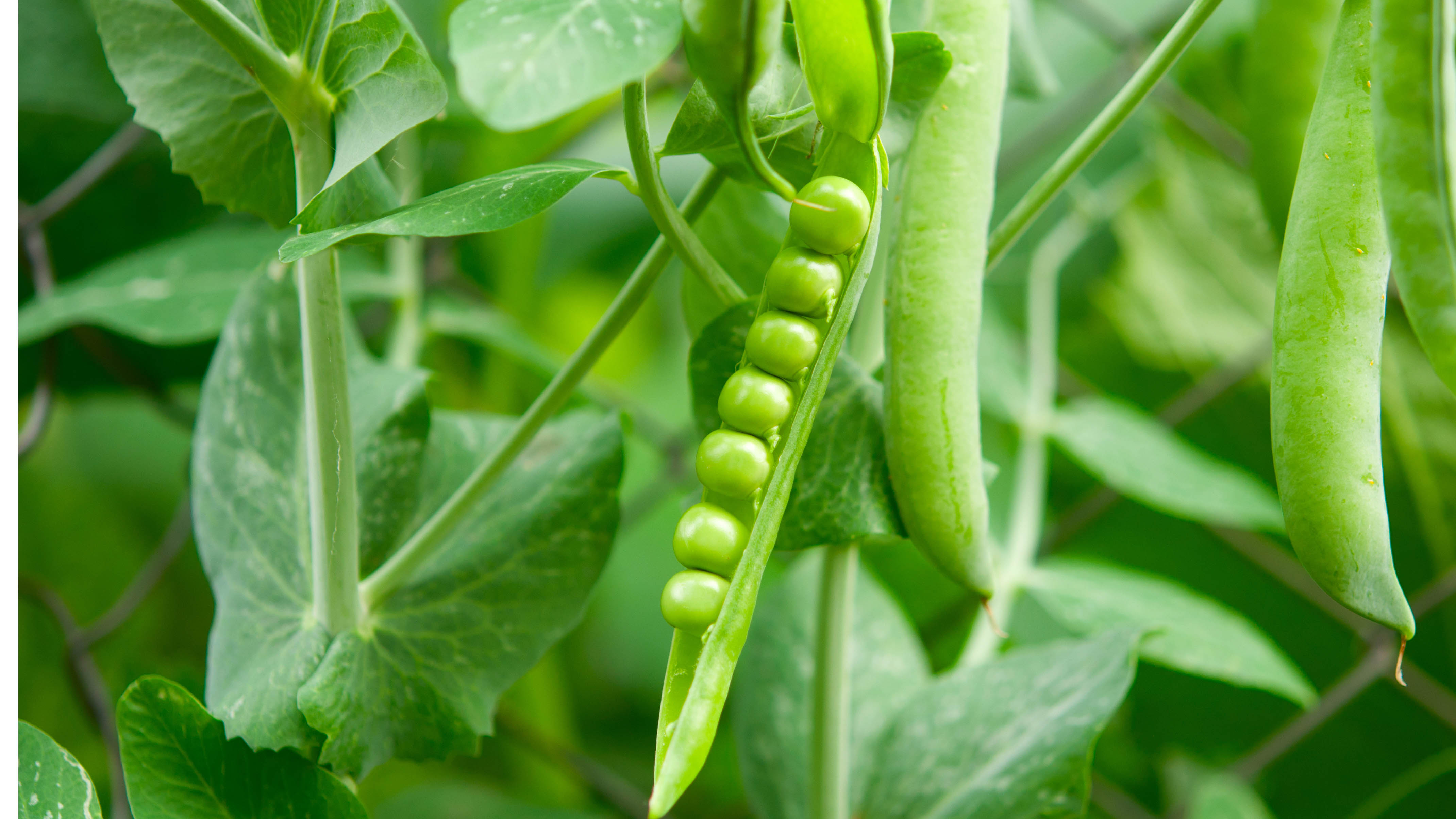
Peas are a little contrary in that they actually prefer the colder weather, so southern gardeners should act fast to get pea plants in the ground in early April. This vegetable is commonly associated with spring, but you can enjoy your harvests into June and beyond if you begin planting now.
They are generally easy to grow and often produce a lot of vegetables come harvest time, making them a highly rewarding crop. As well as classic green peas, other popular varieties that are suited to April growing include snap peas and snow peas. Since this vegetable also grows on a longer vine, it’s useful to have trellises already in place when you begin planting.
As soon as the ground is soft enough to work, you can sow directly outside. If you live in a region with a larger mouse population, the seeds may be at risk of being eaten before they take root; in this case, begin the seeds inside in a seed tray, then transplant outdoors once they are several inches tall.
More from Tom's Guide
Madeleine Streets is a writer and content manager based in New York City. She covers an eclectic mix of lifestyle, technology, finance and health and has been published in Tom's Guide, Women's Wear Daily, SELF, Observer, Footwear News and others. Originally from London, Madeleine has a penchant for tea, baking and moody weather. When she’s not writing, you can find her exploring the city’s bookstores, hunting down new restaurants, fostering cats and cheering on Arsenal FC.
You must confirm your public display name before commenting
Please logout and then login again, you will then be prompted to enter your display name.
